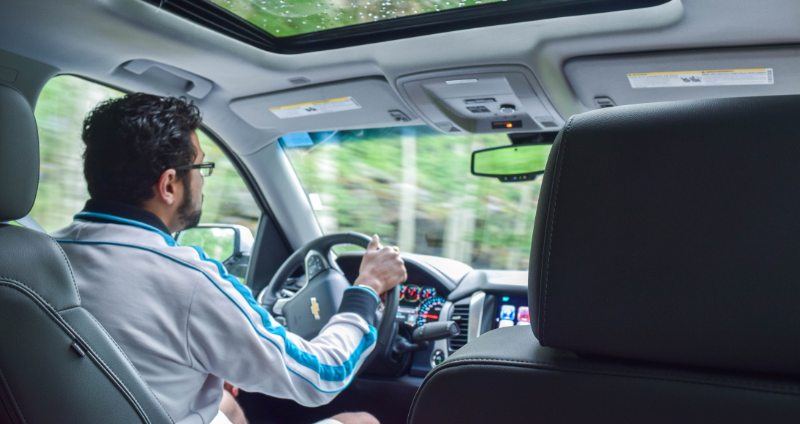Can You Rideshare Without “Sharing” Germs?
COVID-19 certainly hit the “brakes” on the rideshare revolution.
Although the pandemic’s impact can’t be overstated, that doesn’t mean Uber and Lyft have shut their doors. Indeed, both companies have stepped up their “germ-busting game” in an attempt to make riders feel more comfortable.
Uber and Lyft Facemask Policy
Most significantly, both rideshare companies now require drivers and riders to wear facemasks at all times. In fact, Uber announced that it now has a “facemask verification” system that employees have to pass before their shift. Thanks to an advanced photo-scanning system, Uber can tell whether a driver is wearing a face covering or not.
Wash, Wear, Air
For extra safety, Uber is also pushing the slogan “Wash, Wear, Air” to keep riders as safe as possible. First off, passengers should wash their hands with warm soapy water before entering an Uber vehicle. The “wear” in this phrase refers to a facemask, which both drivers and riders must use at all times. Thirdly, Uber recommends opening your window to help keep “air” flowing through the vehicle.
Backseat Only
For the time being, Uber and Lyft don’t allow riders to sit in the front passenger seat. Lyft also announced it’s suspending its “Shared” rides service.
Sanitizing Gear
To help drivers stay on top of sanitization, Uber announced it’s working with Clorox to provide the highest-quality disinfectant wipes to drivers. When booking your Uber ride, you should be able to see whether your driver has sanitizing wipes in-stock.
For its part, Lyft says it has sent out roughly 160,000 sanitization goods to their drivers. In addition to hand sanitizer, this also includes complimentary facemasks and gloves.
Emergency Alert System
Of course, if you have any serious issues while in an Uber vehicle, you could always use the app’s Emergency Alert System. Uber also recommends writing detailed feedback on your ride experience, especially if you felt the driver wasn’t following CDC guidelines.
On the Lyft app, you could contact emergency personnel by tapping the “Call 911” button. If you’d like to report a bad experience with a driver, be sure to get in touch with Lyft’s Help Center.
Stay Safe
While all of these safety protocols should help minimize the risk for COVID-19, doctors say riding in a stranger’s car will always carry a moderate to high risk of disease transmissibility. Anyone who feels uncomfortable with this risk should look into safer transit alternatives like bicycling.
You can learn more about Uber and Lyft’s safety protocols by following these links: Uber and Lyft.


